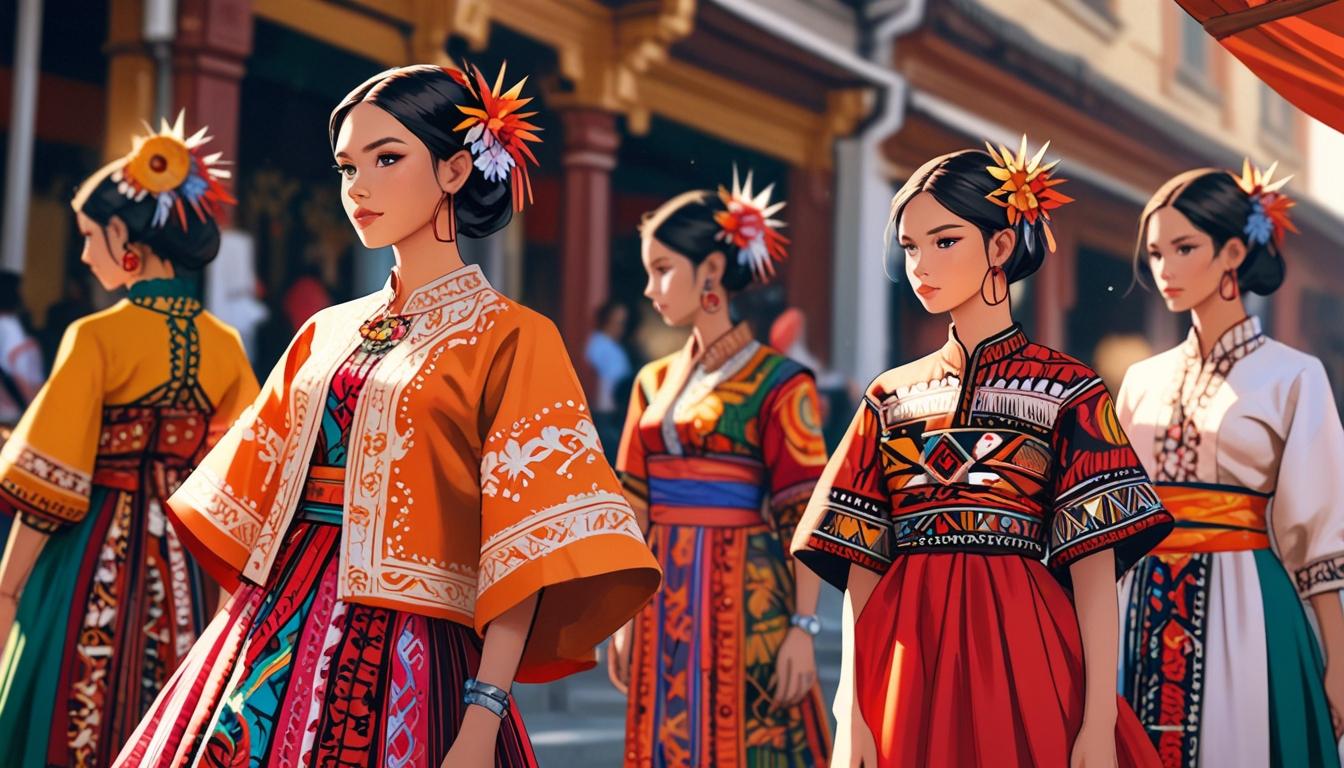In honor of Women’s History Month, we reflect on the life and influence of Victoria Louise Massey Mabie, a pioneering figure in country music.
In celebration of Women’s History Month, the legacy of Victoria Louise Massey Mabie, known as the “Original Rhinestone Cowgirl,” continues to shine as a significant part of both New Mexico’s and country music’s rich history. Born on August 10, 1902, in Midland, Texas, she moved with her family to Roswell, New Mexico, where her journey in music began. The family home, a gray brick structure located just west of Alameda Streets, is now recognized as a historic site and listed on the National Register of Historic Places.
Mabie was one of eight children in a musical family, where she cultivated her singing talent alongside her siblings and father, Henry Massey. “She’s a really incredible singer, first of all, and she’s very glamorous. She wore fabulous outfits and she had full makeup, and she came from a very musical family,” explained Bethany Dodson, director of research and education at the National Cowgirl Museum & Hall of Fame. Their musical pursuits evolved into an ensemble known as the Massey Family Band, which later became known as Louise Massey and the Westerners.
By the late 1920s, the band began gaining traction, performing at various venues and signifying a historical moment in female representation within country and Western music. They negotiated their first recording deal in 1928 and signed a five-year contract with CBS Radio in Kansas City, Missouri, in 1930. The group’s music often catered to diverse audiences; their hit “My Adobe Hacienda” notably crossed musical genres and appeared on both hillbilly and pop charts, becoming one of the first crossover hits.
Throughout the 1930s, Louise Massey and the Westerners enjoyed considerable success, selling millions of records in both English and Spanish. The band’s acclaim was further established when they successfully auditioned for “The Red Path Chautauqua,” leading to an extensive two-year tour across the United States and Canada. Massey’s vibrant stage presence, which included eye-catching costumes and glamorous performances, helped to solidify her status as a pioneer female artist in the predominantly male-dominated genre of country music.
Her career spanned more than three decades until her retirement in 1950. In recognition of her contributions, Massey was inducted into the National Cowgirl Museum & Hall of Fame in 1982, highlighting her impact on the cultural landscape of Western music. Louise Massey passed away in 1983 and was laid to rest in Roswell, where she is commemorated with a roadside marker as part of the New Mexico Historic Women Marker Program.
The program seeks to honor and celebrate women who have significantly influenced the state’s multicultural history. Speaking to WCVB Channel 5, current resident Cindy, who lives in Massey’s former home, expressed admiration for its historical significance: “It feels good. I mean, I’m glad she lived here. It meant a lot to a lot of people. It’s part of history. Country music is huge. Everybody loves it.”
As a testament to her legacy, Massey continues to be recognized not just for her achievements in music, but as an enduring figure in American culture, paving the way for future generations of female artists in the country music genre, including contemporary icons like Miranda Lambert and Reba McEntire.
Source: Noah Wire Services




